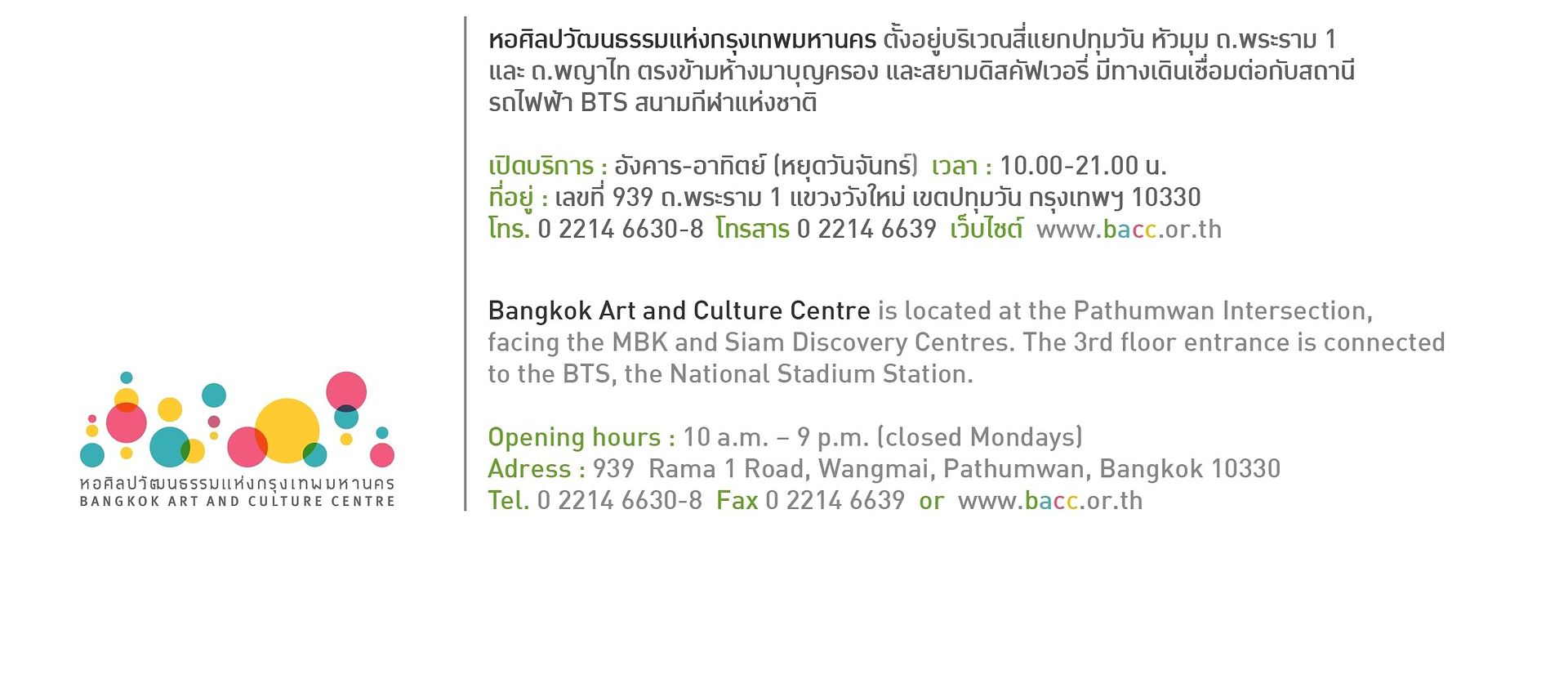
It's that time of year again to start thinking about a new look and all the things that we can do around the house to make our home more fashionable and trendy.
So what's hot for decorating in 2009? Think affordable luxury with a wide variety of styles and flavors to suit any Decorator!
As the wheels of fashion turn, so do the wheels of home decor trends, observe the coming of Neo-classic art back into modern decor in the year 2009. Luckily, it's never been more affordable to create a luxurious home to suit your lifestyle with these simple decorating tips:
1. Eco-friendly decor - The focus this year is on organic and the natural artifacts. In the past, eco-friendly or what is now termed Green Design could be summed up in one word: ugly. That isn't necessarily the case anymore. Eco-friendly design has met a stylish interpretation proving that earth friendly decor can at the same time be elegant, beautiful and exciting as well as Green.
2. Contrasting color combinations - Contrast colors and textures like smooth against rough add a touch of the unexpected to your decor. Pair up accessories or furnishings for that special feeling and spark to lighten up your decor.
3. The 'X' factor - X is everywhere, Find it in furniture and accessories. It was first spotted at the Highpoint European Show and has since been making its way down the trend ladder to almost every trend seeking home in America.
4. Beautiful Design is simply not enough - For today's multi-tasking, on the go lifestyle, home decor needs to be multi-functional as well. Home Decor shoppers want utility as well as sheik in their furniture and accessories. Look for furniture and decorative accessories that will make your everyday life easier and more organized. It's time we demanded more from our decor!
5. Expect to see the softer side of leather - Earth tones on smaller pieces of furniture with contrasting more feminine like colors.
6. Art that Inspires Luxury - 2009 is all about the Classics of luxury. Add elegance via home decor, and specifically wall decor. Shop for hand painted art reproductions of famous works of art. Hang a hand painted Impressionist masterpiece like a Monet or a Van Gogh. Like David Sasson, President of OverstockArt.com says: "It is sure to bring many admirers..."
7. Whites - From pearl white to ivory, the white color family will be on display in 2009. From your furniture to your wooden frames. Adorn your home in soft whites.
8. Make a dramatic Impact - Oversized decor for a dramatic look. Shock your friends and add one focal point piece as a jaw dropper. Imagine one huge work of art in your living room that would leave everyone in awe.
9. Gray tones and Metals - Add a touch of steel to your design with elements such as Silver, brushed nickel and aluminum. Recycled would be a preference (remember to think green!).
10. Feng Shui - In this hectic and fast pace world we all want a bit of piece and tranquility in our home. Let your design and furnishing make you feel at ease. Add the Feng Shui elements and embrace piece on earth.
Have more trends to add?
Send us your comments and we'll be sure to mention it in our blog






















